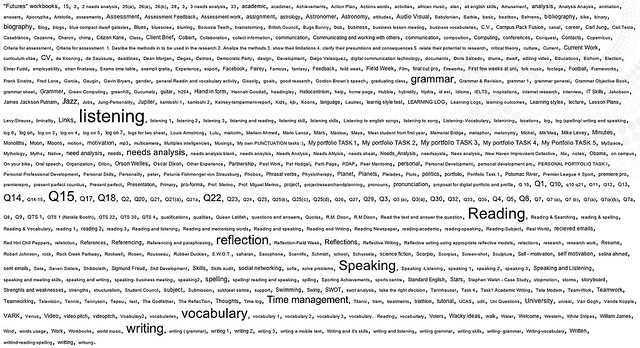Literary devices is the term used for the techniques and structures writers employ to convey their message and story. When done well, the use of literary devices can alter, manipulate and challenge the way a reader perceives any work. Mastered literary devices influence how a story or essay can be interpreted and analysed, as well as how much the reader enjoys the work.
To find out more about other literary devices, click here.
Point of View:

The literary device Point of View (POV) is the way in which a story is narrated. The choice of POV isn’t one that should be taken lightly by any writer. This is one of the literary devices that holds a lot of power in terms of how your characters and story can be told and perceived. POV allows the writer to manipulate what the reader does and doesn’t know about the narrative. A writer chooses one or more of the following POV options: 1st, 3rd and 2nd person, to create their story. Some writers like to employ several points of view, switching between these throughout a (usually longer) work. Generally for novels, authors tend to opt for the 1st and 3rd narrative POVs, as it is often agreed that 2nd person narrative is a lot more difficult to sustain over an extended piece of writing. Read on for definitions and examples of the 1st and 3rd narration POV…
First Person Narrative:
Of the literary devices, the use of first person narrative is a popular one. First person is from a single perspective, a personal one – where the narrator uses words like “I” and “me” and “my”. The world the writer has created is seen through the eyes of a single character, who narrates the story. You can create an authentic voice for your character as first person allows you and the reader direct in-depth access to what your character is thinking and feeling. This allows your readers to be instantly more connected with your narrator, creating more empathy and emotional investment in your overall piece.
There are a few limitations that come with certain literary devices. In terms of first person narrative, the ‘cons’ involve being limited in what your narrator can and cannot relay to your reader. Everything is from a particular person’s line of sight and there are events/details etc. that they and therefore your reader, won’t know. You can only explore your narrator’s thoughts and feelings with depth, as he or she can only speculate as to what your other characters are going through. This is certainly something to be wary of when choosing first person for a narrative with a complex plot – you don’t have the ability to explain everything.
Example: Catcher in the Rye by J.D. Salinger is a fantastic example of first person narrative. Troubled teenager, Holden Caufield narrates the novel: [quote]I’m the most terrific liar you ever saw in your life. It’s awful. If I’m on my way to the store to buy a magazine, even, and somebody asks me where I’m going, I’m liable to say I’m going to the opera. It’s terrible.”[/quote]
The Great Gatsby is another perfect example: “Civilization’s going to pieces. I’ve gotten to be a terrible pessimist about things… The idea is if we don’t look out the white race will be–will be utterly submerged… It’s up to us, who are the dominant race, to watch out or these other races will have control of things.”
Third Person Narrative:
The use of third person narrative in terms of literary devices used by authors is also a popular point of view. Third person narrative is a narrator who tells the story from outside the narrative itself, they are not a character in the story nor do they ever refer to themselves. Third person narration uses phrases such as “he said” and “she said” for example. This particular literary device gives the author the option of an omniscient narrator (an all-knowing narrator) – someone who knows every character, every event and every detail and what they mean. Generally, writers have more freedom when it comes to third person narration – they aren’t limited to seeing their narrative through the eyes of only one person.
However, what a writer gains in narrative freedom with third person, they lose in intimacy. This POV doesn’t give characters a direct voice to the reader. The narrator is not speaking subjectively to the reader, and sometimes this makes it harder for readers to empathise and connect with characters.
Example: Falling Man by Don DeLillo:
He was seeing something elaborately different from what he encountered step by step in the ordinary run of hours. He had to learn how to see it correctly, find a crack in the world where it might fit.”
The Interestings by Meg Wolitzer: “he’s infuriated that his e-reader allows him to only know the percentage of a book he’s read, not the number of pages. This, he thinks, is 92 percent stupid.”
Choosing a Point of View:
Writers don’t necessarily have to chose just one point of view. There are many novelists who write parallel narratives with different perspectives, changing the point of view constantly. The most important thing, is to experiment with all points of view before committing to one long-term.